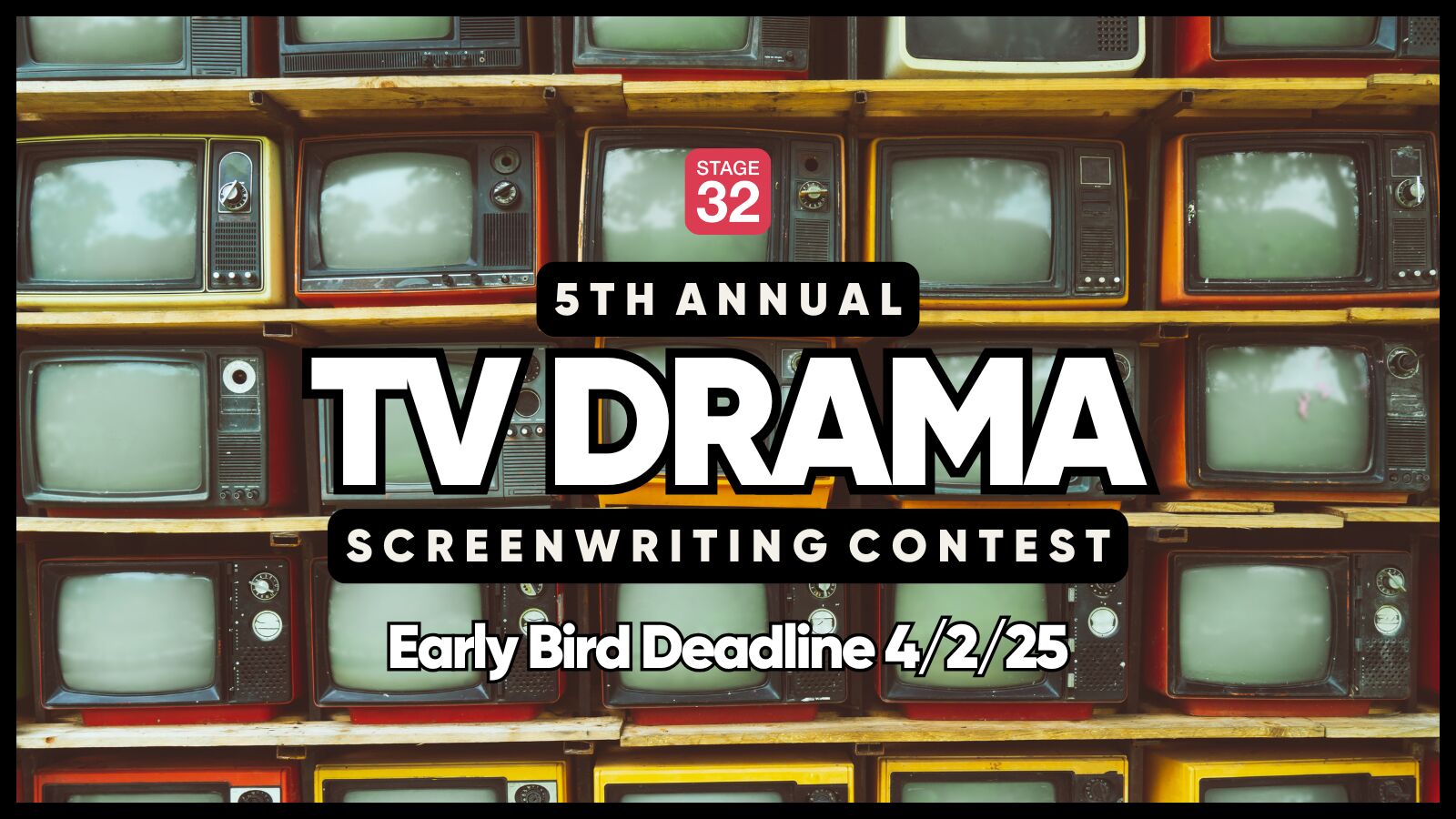
How's going guys? As suggested by Maurice Vaughan last time, let's talk about pacing.
What's this? "Term referring to the rhythm and timing of the dialogue of action in each scene or throughout the entire script" [Susan Kouguell "The Savvy Screenwriter].
Clearly each genre has its own rhythm but this is exactly what a good screenwriter learns to use this tool in his favor. The tear-jerking scene written with evocative phrases that leave suspense or written in a lapidary way so that they can feel like a punch in the stomach. Different shades that give rise to different emotions.
I want to tell you about something that is working for me so, feel free to take this advice and trash it.
Try this simple exercise (don't underestimate it):
Take a movie you know from the same genre you are writing (Thriller, comedy, horror, etc.), write down on a paper the following: turning points, mid point and climax. Done? Well.
Now take the script and read it. Check the various turning points, mdp and climax, see how they were written. What did you notice in the writing? Is dialogue or narration used more? If dialogue is used, what tone does it use? How are the scenes described? Write everything and then turn to your script.
Here comes the hard part: ask yourself what elements you can bring to your script and don't be afraid to rewrite—in fact, the more ruthless you are with your script, the more you'll discover how much it can be improved.
For those who want an advanced version of this exercise: do the same thing using 3 films of the same genre that you are writing, what differences do you notice between them and your screenplay? Take note.
Thank you in advance for all the comments, please write me what topics you would like in the future. Meanwhile I'm thinking about how to create several posts where you can discuss different topics and where I can keep you update with my writing adventures, stay tuned!
If you wanna know more, check my profile in the next few days ;)
Greetings from pizzaland Italy



2 people like this
Great exercise, Ugo Cavallo! I'll have to try it when I read the next produced script. One thing I do to help with pacing is visualize a scene. When I do that, I can see if a scene is too fast or too slow/drags. Thanks for the shout-out.
2 people like this
Great points! If you want to go granular on this, select a monologue or dialogue that you think is exceptionally powerful or beautiful in some way, and then READ IT ALOUD WHILE TRANSCRIBING IT WORD-FOR-WORD. One clause at a time, sentence by sentence. This will actually allow you to follow the writer's own internal rhythms and get an intimate "feel" for the writer's musicality. Supposedly Hunter Thompson copied out all of "The Great Gatsby" in longhand before he wrote "Fear and Loathing in Las Vegas." These may seem like strange bedfellow, but the connection really comes through in famous passage/soliloquy about the 60s and "the wave rolling back" (also beautifully performed by Johnny in the Gilliam adaptation).
https://www.youtube.com/watch?v=vUgs2O7Okqc
3 people like this
Back when I shot my first film and got to meet Steve Guttenberg, he beamed a big grin at me as we shook hands and said, "Great script! I love the pacing!".
In my opinion, good pacing comes from structure; overall story structure to an extent, but mainly scene structure. You need all those beats to be doing something and their rhythm needs to be inline with the emotions playing out. Your pacing is also subject to your voice too. Some writers are higher paced than others, while some go slow and steady. I've always liked the way Tarantino stated the characters are talking fast in the opening coffee shop robbery scene. It really helps get across how he imagines his writing playing out on screen.
Making a few movies has helped me see at what kind of pace I write too. It's always interesting to compare page count to run time. I know my writing runs around 10% over a minute per page when filmed, so I account for that on assignments.
As for watching a movie and determining the script's pace from that. I don't know. The actors, director, and editor play a huge factor in determining the end result. Some actors deliver their lines slow, a director can have a very different vision to the writer, and a good editor can pretty much do anything when it comes to speeding up or slowing things down - they're not called dream fixers for nothing.
3 people like this
Much like structure, the term pacing is often interchanged or used for the big overall picture, which is often misleading. As someone who reads hundreds of scripts a year, pacing starts at the scene and sentence structure level; in other words the cadence on the page. And when it's not there, the script is a drag to get through. This has a cumulative effect on the scene, which in turn builds the overall pace.
Susan Kouguell is terrific (and an old friend) she's worth a read.
To add on to Nikolas' excellent point, dialogue is often the most overlooked aspect of pacing, but masters of it, such as Sorkin, look at it musically and choose the placement of each word very carefully.
More broadly speaking pacing should also be informed by tone and genre, which is perfected as the film goes through each iteration of production.
It's worthwhile for every screenwriter to sit in an editing session (although nowadays most editors work remotely in their home caves), once you sit through how an editor approaches story and pacing, it will (hopefully) change the way your write, because you will see the cuts and the scene-to-scene segue much more intuitively.